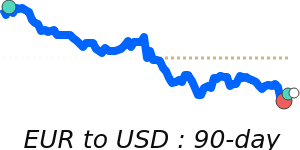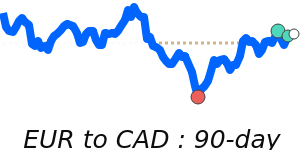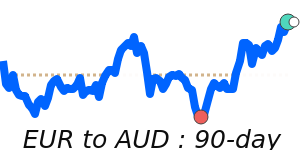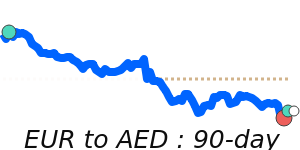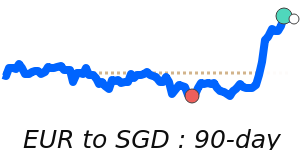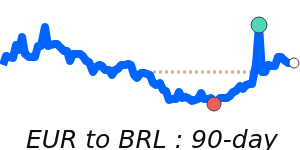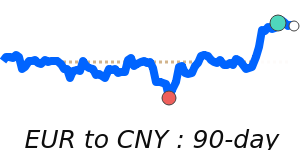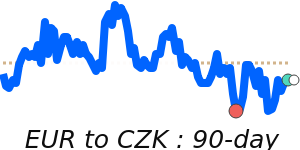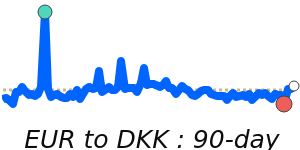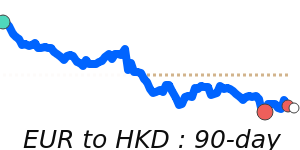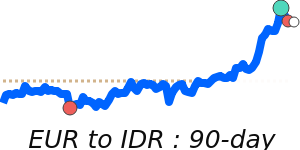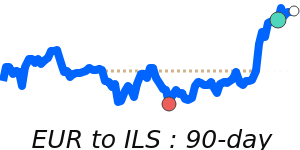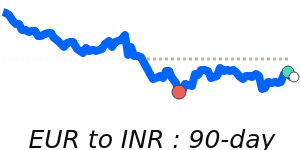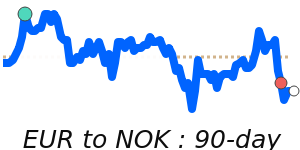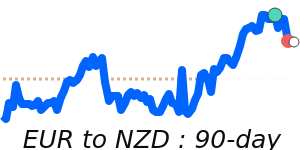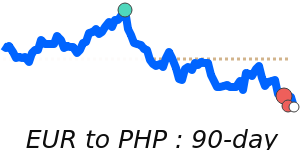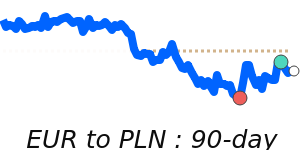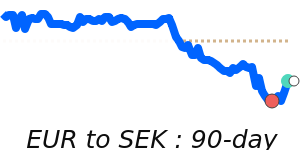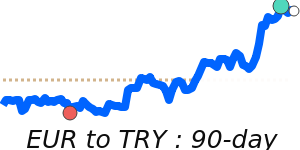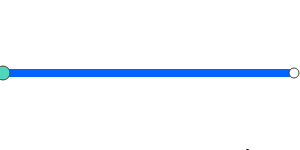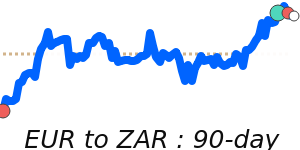The euro (EUR) experienced a minor decline recently, influenced by the European Central Bank's (ECB) decision to maintain interest rates. On December 18, 2025, ECB President Christine Lagarde expressed caution regarding the potential downside of a stronger euro on inflation, which has added pressure to the single currency. Despite this, the ECB noted modest economic growth in the Eurozone, which could lend some support to the euro in the near term.
As of the latest updates, the EUR/USD exchange rate stands at 1.1774, showing a 1.1% increase over its three-month average of 1.1641, although trading has remained relatively stable within a 2.7% range. In contrast, the EUR/GBP rate has slipped to near 60-day lows at 0.8720, just below its three-month average, reflecting a consistent trading pattern. The EUR/JPY is performing better, currently at 184.3, which is 2.9% above its three-month average, indicating stronger relative strength against the yen.
Several factors could influence the euro's trajectory going forward. The approval of Bulgaria's accession to the eurozone, effective January 1, 2026, could affect demand dynamics within the currency area. Additionally, the ECB's ongoing digital euro project, aimed at introducing a central bank digital currency by 2029, might shape future monetary policies and investor sentiment.
The economic landscape remains uncertain due to geopolitical tensions, particularly stemming from the ongoing war in Ukraine, which has impacted energy supplies and contributed to inflationary pressures in the Eurozone. Analysts suggest that any escalation in conflict could lead to further volatility in the euro's value, while stabilization may help restore investor confidence.
Moreover, fluctuations in oil prices continue to play a role in the euro's performance. With current oil prices at $60.89, which is 3.9% below the three-month average, continued volatility in the energy markets may affect economic conditions across the eurozone.
In conclusion, while the euro is supported by positive growth signals, enduring geopolitical risks and the ECB's cautious stance on monetary policy will play significant roles in determining the euro's strength in international markets. As markets continue to monitor these developments, maintaining awareness of macroeconomic indicators will be crucial for individuals and businesses engaging in euro-denominated transactions.
